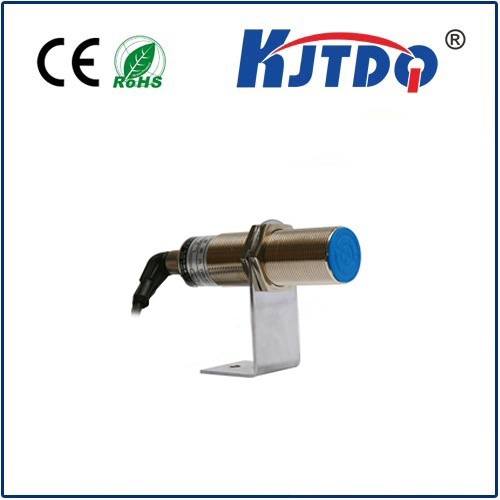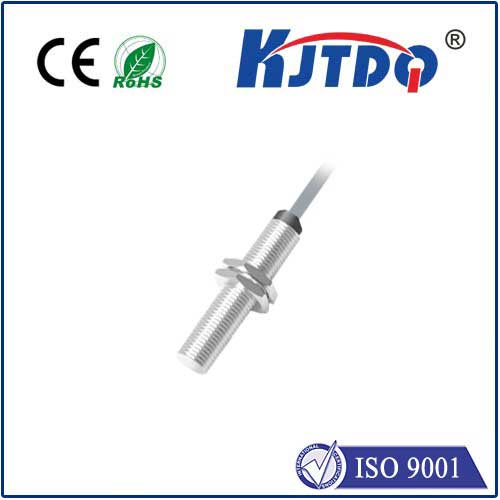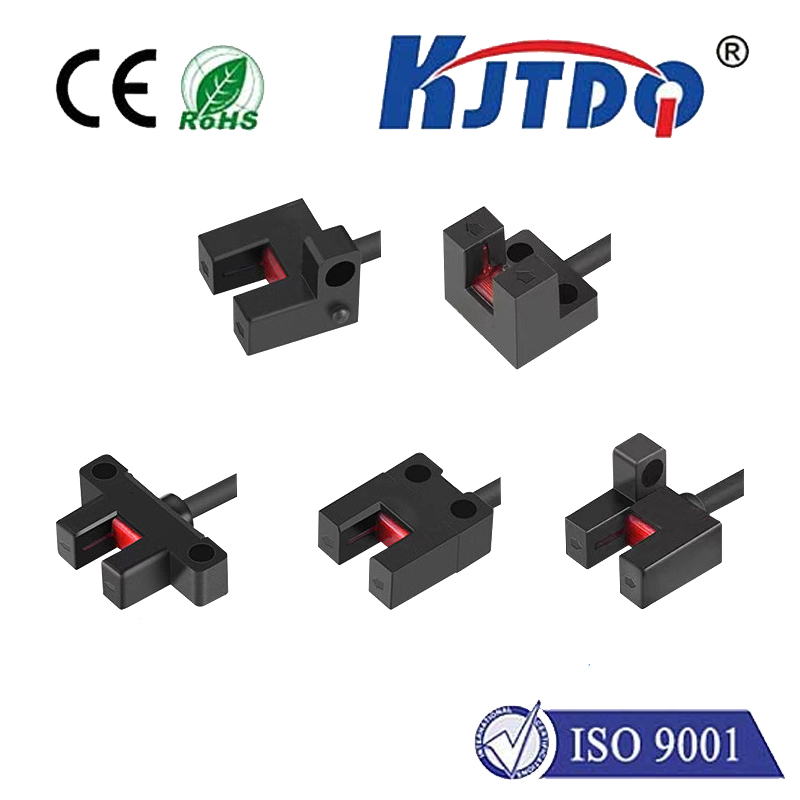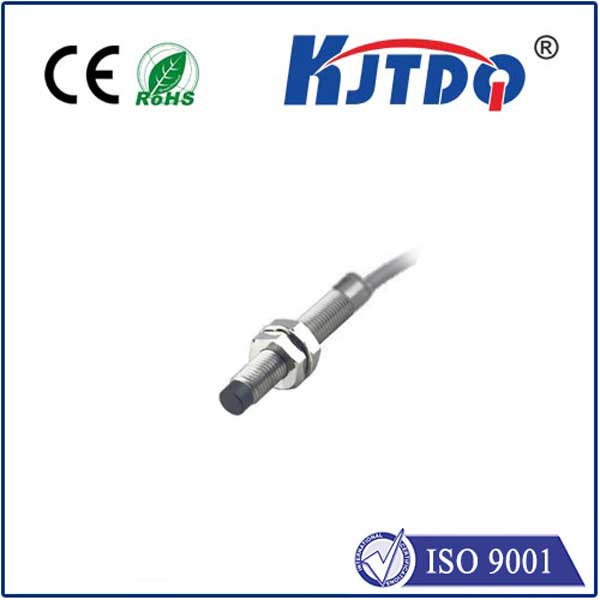laser sensor distance measuring
- time:2025-09-11 03:10:08
- Click:0
Laser Distance Sensors: The Ultimate Guide to Precise Non-Contact Measurement
Imagine a construction crew laying the foundation for a new skyscraper, needing millimeter-perfect alignment over vast distances. Picture a robotic arm on a factory floor, swiftly and accurately picking components without a single misplacement. Envision scientists mapping the intricate contours of an archaeological site, capturing every detail without touching fragile artifacts. What makes such feats of precision possible? Laser Sensor Distance Measuring technology stands as the cornerstone, enabling high-accuracy, non-contact measurement across countless industries.
Simply put, laser distance measuring uses focused light to determine the distance between the sensor and a target object. By emitting a laser beam and measuring specific properties of the reflected light, these sensors calculate distance with remarkable speed and precision, far surpassing traditional tape measures or mechanical methods. This capability has revolutionized fields demanding exact spatial awareness and reliable data.
The Core Principle: How Light Measures Space
At the heart of laser distance measuring lies the fundamental constant: the speed of light. Sensors leverage this by measuring either the time light takes to travel to a target and back, or subtle changes in the phase of the emitted light wave compared to the reflected wave. There are two primary methods employed by modern laser distance sensors, often called laser rangefinders or laser distance meters:

- Time-of-Flight (ToF): This method directly measures the time interval (
Δt) between emitting a laser pulse and receiving its reflection. Since the speed of light (c) is known (approximately 3x10^8 m/s), the distance (d) is calculated using the formula: d = (c * Δt) / 2. The division by two accounts for the round trip the light makes. ToF sensors are typically used for longer ranges (from several meters up to kilometers) and are common in surveying (total stations), construction, forestry, and some industrial applications.
- Phase-Shift Measurement: Instead of timing single pulses, this method emits a continuous wave (CW) laser beam with modulated amplitude. The sensor measures the phase difference between the outgoing modulated wave and the returning wave. Since the modulation wavelength is known, calculating the distance based on this phase shift provides extremely high accuracy, especially at shorter to medium ranges (millimeters up to hundreds of meters). This principle is often found in high-precision industrial laser sensors and surveying equipment requiring sub-millimeter resolution.
Key Advantages Driving Adoption
Why has laser distance sensor technology become so pervasive? Several compelling advantages solidify its position:
- High Accuracy and Precision: Modern sensors achieve resolutions down to micrometers and accuracies within fractions of a millimeter over significant distances, enabling tasks impossible with contact methods.
- Non-Contact Operation: Measuring without physical touch eliminates the risk of damaging delicate objects, disturbing surfaces, or introducing measurement errors through probe force. This is crucial for measuring hot, moving, fragile, or inaccessible targets.
- Exceptional Speed: Measurements are taken in milliseconds or even microseconds, allowing for real-time process control, high-speed inspection, and dynamic object tracking. This is vital in robotics and automation.
- Long Range Capability: Certain laser rangefinder models can accurately measure distances up to several kilometers, essential for surveying, mapping, and military applications.
- Versatility: Laser sensors can measure a vast array of surfaces, handle challenging environments (within specified operating conditions), and be integrated into diverse systems, from handheld devices to complex machine control setups.
Diverse Applications Across Industries
The unique capabilities of laser sensor distance measuring translate into widespread utility:
- Industrial Automation & Robotics: Ensuring precise positioning of robotic arms, guiding automated guided vehicles (AGVs), monitoring product dimensions on conveyor belts for quality control (dimensional measurement), and controlling filling levels.
- Construction & Civil Engineering: Accurate surveying, leveling, alignment of structures, monitoring structural deformation over time, and volume calculations (e.g., stockpile measurement). Laser distance meters are indispensable tools on modern sites.
- Logistics & Warehousing: Automated dimensioning of packages for optimized storage and shipping cost calculation, palletizing robots, and warehouse inventory management systems.
- Metrology & Quality Control: High-precision inspection of part dimensions, surface profiles, thickness, and flatness in manufacturing settings. Laser sensors provide the non-contact precision needed.
- Automotive: Used in advanced driver-assistance systems (ADAS) like adaptive cruise control and collision avoidance, as well as in vehicle assembly processes.
- Agriculture: Guidance systems for autonomous tractors, yield monitoring, and terrain mapping.
- Research & Development: Scientific experiments, archaeological documentation, and environmental monitoring often rely on the accuracy of laser measurement.
Critical Factors in Selecting a Laser Distance Sensor
Choosing the right sensor requires careful consideration of your application’s specific needs:
- Measuring Range: What is the minimum and maximum distance you need to cover? Sensor capabilities vary dramatically.
- Accuracy & Resolution: How precise do your measurements need to be? Define acceptable tolerance levels.
- Target Properties: Consider surface color (dark surfaces absorb more light), reflectivity (shiny vs. matte), angle, and texture. Some sensors handle challenging targets better than others.
- Environment: Account for ambient light conditions, dust, fog, temperature extremes, and potential vibrations, as these can impact laser performance. Look for appropriate IP ratings.
- Measurement Speed: How frequently do you need measurements? High-speed processes demand fast sensors.
- Output & Interface: Determine how the sensor needs to communicate data (e.g., analog voltage, digital IO, RS232, USB, Ethernet, fieldbus like Profibus or Ethernet/IP).
- Size & Mounting: Consider physical constraints for integration into the system.
- Laser Safety Class: Lasers are classified based on potential eye hazard (Class 1, 1M, 2, 2M, 3R, 3B, 4). Ensure the sensor meets safety regulations for the intended use environment (Class 1 or 2 are common for industrial sensors).
Laser Distance Sensors: Enabling the Future of Precision
From the micro-scale world of semiconductor manufacturing to the macro-scale mapping of landscapes, laser sensor distance measuring provides the indispensable foundation for accuracy and efficiency. Its core strengths – non-contact operation, remarkable speed, and exceptional precision – continue to unlock new possibilities and drive innovation across the technological spectrum. As sensor technology evolves, offering even higher resolution, longer ranges, smaller footprints, and smarter processing capabilities, the applications for this transformative measurement principle will only continue to expand, solidifying its role as a critical tool in the modern engineer’s, scientist’s, and builder’s arsenal.















